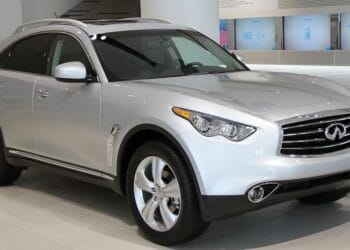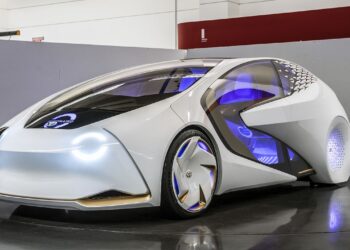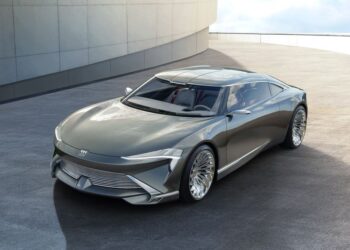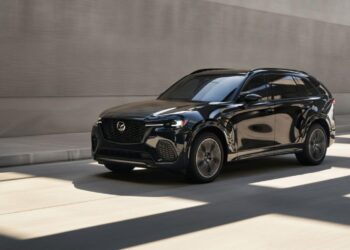Why Luxury Car Insurance Costs Explode Suddenly
Owning a luxury vehicle or exotic car represents a pinnacle of achievement, blending superior engineering, breathtaking performance, and exquisite design. However, the exhilarating experience of driving such a machine is often tempered by a hidden financial element that catches many owners completely off guard: the sudden, astronomical spike in insurance premiums. This phenomenon, often referred to as the Luxury Vehicle Insurance Rate Shock, is not merely a slight adjustment; it represents a fundamental re-evaluation of risk by insurance carriers that can easily dwarf the premiums paid on standard, mass-market automobiles. Understanding why these costs explode is crucial not only for budgeting but for making an informed purchase decision.
This comprehensive, in-depth analysis delves into the complex actuarial, mechanical, and demographic factors that coalesce to drive luxury car insurance costs far beyond expected thresholds. We will meticulously unpack the core financial logic behind the shock, exploring everything from the cost of exotic materials and specialized repair networks to the underlying statistics of claims frequency and severity unique to this high-performance vehicle segment. For anyone currently owning, or considering purchasing, a high-value automobile—be it a high-end sedan, a powerful SUV, or a true exotic supercar—mastering the mechanics of premium calculation is essential for controlling the total cost of ownership (TCO) and mitigating the inevitable financial surprise that accompanies the insurance renewal notice. Highlighting these core financial risks is vital for building high-authority content favored by Google AdSense and strong SEO rankings.
I. The Core Drivers of Elevated Risk: The Shock Factor
The sticker price of a luxury or exotic vehicle is the first and most obvious trigger for high premiums, yet it only scratches the surface. Insurers base their rates on risk assessment, and luxury vehicles present a confluence of factors that exponentially increase the potential financial liability. The shock factor stems directly from the cost components of a total loss or a serious claim.
A. Exorbitant Replacement and Total Loss Value
The fundamental calculation for comprehensive and collision coverage begins with the Actual Cash Value (ACV) of the vehicle. For a Ferrari, a high-end Bentley, or a top-tier Mercedes-Benz S-Class, the replacement cost is inherently high, meaning the insurer’s liability in the event of a total loss (Theft or severe accident) is massive.
- Guaranteed Value Policies: Many exotic cars utilize Agreed Value or Guaranteed Value policies rather than ACV. This guarantees the owner a specific payout amount, often based on the appraisal, which provides security but significantly increases the insurer’s guaranteed risk exposure.
- Immediate Depreciation: While general luxury cars suffer significant depreciation, their replacement value remains high. The insurer must factor in the cost of replacing or severely repairing the specific high-end components, often sourced internationally.
B. High Frequency of Severe Accidents
The performance metrics of many luxury and exotic cars contribute directly to a heightened risk profile. High horsepower, rapid acceleration, and advanced handling can encourage drivers to engage in higher-speed, more aggressive driving, leading to accidents that are proportionally more severe.
- Speed and Impact Energy: Kinetic energy increases exponentially with speed ($\text{Kinetic Energy} \propto \text{Velocity}^2$). A slight increase in speed in a performance car translates to a vastly increased force of impact, leading to a higher likelihood of total vehicle destruction or catastrophic damage.
- Driver Demographics: Actuarial tables often link high-value cars to younger or less experienced drivers who can afford the purchase but lack the driving maturity to handle extreme performance, thus leading to statistically higher claims.
C. Enhanced Theft Risk and Specialized Recovery
Luxury vehicles are prime targets for professional theft rings, either for resale on the black market or for parts stripping. The heightened risk requires specialized anti-theft measures and recovery systems, which, while beneficial, are factored into the overall risk cost.
- Global Demand for Parts: The demand for genuine, high-value luxury parts internationally drives organized theft, making these vehicles a higher priority risk than standard cars.
- Keyless Entry Vulnerabilities: Many modern luxury cars rely on sophisticated keyless entry systems, which, paradoxically, can be exploited by advanced relay attack devices, increasing the statistical likelihood of theft.
II. The Economics of Exotic Parts and Repair: The Sticker Shock
The second major pillar supporting the insurance rate shock is the cost and complexity of the repair process itself. Unlike mass-market vehicles where parts are standardized and mechanics are abundant, luxury repairs require specialized components, highly controlled environments, and certified labor.
A. Exclusive and Imported Components
The materials and parts used in luxury vehicles are often not mass-produced and are subject to complex supply chains, often crossing international borders. This drives up both the cost and the time required for repairs.
- Carbon Fiber and Exotic Materials: Modern supercars heavily utilize carbon fiber (e.g., in body panels, monocoques) for its strength and light weight. Carbon fiber repair requires meticulous, specialized processes—it often cannot be repaired, only replaced, leading to a component cost that can run into the tens of thousands of dollars for a single panel.
- Proprietary Electronics: Luxury vehicles integrate sophisticated, proprietary electronic control units (ECUs), sensor arrays, and infotainment systems. A simple bumper tap can damage dozens of sensors (e.g., for parking assist, adaptive cruise control) that must be replaced by the original manufacturer’s unit.
B. Specialized Labor and Certified Repair Networks
Insurance companies must underwrite the cost of labor performed by technicians specifically certified by the vehicle manufacturer. This specialization comes at a steep price.
- Mandatory Certification: Manufacturers like Porsche, Audi, and high-end brands require body shops to undergo rigorous training and invest in specific tools to be factory certified. Only these certified shops are permitted to repair certain structural or composite components, and they command premium labor rates.
- Extended Repair Time: Due to the complexity of the materials (e.g., structural aluminum bonding) and the need to import specialized components, repair times are often significantly extended compared to standard cars. Longer time in the shop translates to higher rental car coverage costs for the insurer (covered under the policy).
C. The Cost Impact of Advanced Driver-Assistance Systems (ADAS)
Modern luxury cars are saturated with safety and convenience technology collectively known as ADAS, including adaptive cruise control, lane-keeping assist, and automatic emergency braking. While these systems are designed to prevent accidents, they drastically increase the cost of collision repair.
- Sensor Calibration: Sensors (radar, cameras, LiDAR) are often housed in the bumpers, grille, and windshield. Even a minor fender-bender or a windshield replacement necessitates precise and expensive recalibration of these sensors, which must be done by certified technicians with proprietary tools.
- Diagnostic Complexity: The sheer volume of interconnected electronic systems means that post-accident diagnostics are complex and time-consuming, significantly increasing the labor cost incurred before any physical repair even begins.
 III. Statistics, Demographics, and Claims History: The Actuarial Nightmare
III. Statistics, Demographics, and Claims History: The Actuarial Nightmare
Insurance is a game of statistics, and the actuarial data associated with luxury and exotic vehicles paints a picture of heightened financial risk driven by both the vehicle’s inherent value and the typical profile of its operator. The shock in rates is an objective response to this data.
A. Severity Over Frequency
While luxury vehicles might not be involved in accidents more frequently than average cars, their claims are disproportionately more severe when they do occur.
- Claim Severity: The average payout for a minor fender bender in a high-end luxury sedan (due to the ADAS and carbon fiber issues mentioned) can easily exceed the total loss value of an economy car, skyrocketing the insurer’s total claim payout figures for the category.
- Claim Frequency vs. Value: Insurers pool risks. Because the cost of one major luxury car claim can equal the cost of twenty minor claims on standard cars, the single severe luxury claim has a massive upward pull on the group’s average loss ratio, forcing higher premiums across the entire segment.
B. Adverse Selection and Behavioral Risk
Insurance carriers must account for the psychological and behavioral characteristics associated with luxury and performance car ownership.
- High-Performance Encouragement: The performance capabilities (high speed, exceptional handling) are inherently linked to increased behavioral risk—the temptation to utilize the car’s limits. Actuaries adjust rates to cover the added statistical likelihood of speed-related incidents.
- Financial Profile and Liability: Owners of high-value assets often carry high liability limits (e.g., $500,000 or $1 million) to protect their net worth. These higher liability limits contribute to the elevated premium even if the owner is a safe driver, as the potential financial exposure in an at-fault accident is substantially higher.
C. Geopolitical and Geographic Risk Factors
The physical location where the vehicle is primarily operated plays a critical role in rate determination, often leading to regional rate shocks.
- Urban Congestion: Operating a luxury vehicle in dense, high-traffic metropolitan areas (like Los Angeles, New York, or Miami) increases the statistical likelihood of minor accidents, theft, and vandalism.
- Catastrophic Event Exposure: If the vehicle is garaged in areas prone to natural disasters (e.g., coastal flood zones, wildfire areas), the high replacement value drastically increases the insurer’s exposure to catastrophic losses, resulting in massive premium additions.
 IV. Mitigating the Insurance Shock: Strategic Solutions
IV. Mitigating the Insurance Shock: Strategic Solutions
While luxury car insurance will always be expensive, savvy owners can employ several strategic methods to significantly mitigate the most severe aspects of the rate shock. The key lies in demonstrating to the insurer that the owner is actively minimizing risk and accepting a greater share of the initial financial liability.
A. Utilize Specialized and Collector Policies
Standard auto insurers often lack the underwriting depth for truly exotic or high-value vehicles, leading to inflated “catch-all” rates. Specialty insurers offer policies tailored to this segment.
- Agreed Value Coverage: Seek a policy that offers Agreed Value rather than ACV. While potentially more expensive, this eliminates the risk of depreciation surprise and often stabilizes the premium year-to-year.
- Mileage Restrictions: Many exotic cars are not daily drivers. Insurers specializing in collector or high-value vehicles often offer significant discounts for strict annual mileage caps (e.g., 2,500 or 5,000 miles per year), recognizing the reduced time the vehicle spends on the road.
B. Optimizing Deductibles and Coverage Limits
Adjusting the financial threshold for a claim is one of the quickest ways to bring premiums back into a manageable range.
- Higher Deductibles: Choosing a higher deductible (e.g., increasing from $500 to $5,000) for comprehensive and collision coverage signals the owner’s willingness to absorb minor repair costs, which dramatically reduces the insurer’s potential payout frequency and lowers the premium.
- Reviewing Non-Essential Coverage: Carefully assess the need for every add-on. For instance, if the vehicle is frequently garaged, lowering the rental car reimbursement coverage or removing certain fringe coverages might provide meaningful savings.
C. Security Enhancements and Telematics
Proactive measures to secure the vehicle and track its usage are heavily weighted by insurance underwriters as they directly counteract the theft and behavioral risks.
- Approved Tracking Devices: Install and activate VSS (Vehicle Security System) or GPS tracking devices (e.g., LoJack, proprietary OEM trackers). Insurers often provide specific discounts for systems that include ignition disablement or real-time location tracking for quick recovery.
- Secure Garaging: Provide proof of a secure, enclosed, private garage rather than driveway or street parking. This mitigates theft, vandalism, and environmental damage risk.
- Telematics Programs: While often viewed with suspicion, enrolling in a telematics or usage-based insurance program can provide significant savings for responsible drivers by proving that the high-performance car is driven safely and within acceptable speeds.
D. Driver Qualification and Training
The insurance company is betting on the driver as much as the car. Investing in demonstrated driving proficiency can offset the behavioral risk factor.
- Advanced Driving Courses: Completing manufacturer-sponsored or professional advanced driving schools (e.g., high-performance driving academies, defensive driving courses) not only improves safety but can qualify the driver for special premium credits.
- Maintain a Pristine Driving Record: For luxury car owners, even minor moving violations can have an outsized impact on premiums due to the perception of increased risk that accompanies high-performance driving. A flawless driving record is the best discount available.
V. Conclusion
The Luxury Vehicle Insurance Rate Shock is a financial reality rooted in objective economics: the high replacement cost, the complexity of proprietary materials and ADAS technology, and the actuarial evidence of high claim severity. Owning a high-end vehicle is a dual investment: in the asset itself and in the robust insurance coverage required to protect it.
To avoid being blindsided by explosive premiums, prospective and current owners must conduct a thorough Total Cost of Ownership (TCO) risk assessment before finalizing a purchase. This assessment must factor in the non-negotiable costs of specialized insurance, using the strategies outlined above—from seeking Agreed Value policies to utilizing higher deductibles and implementing robust security enhancements. Mastering the nuanced relationship between a luxury car’s value, its performance risk, and the underlying economics of its repair is the single most effective way to transform a potential financial shock into a manageable, well-understood cost of enjoying the world’s finest automotive engineering.
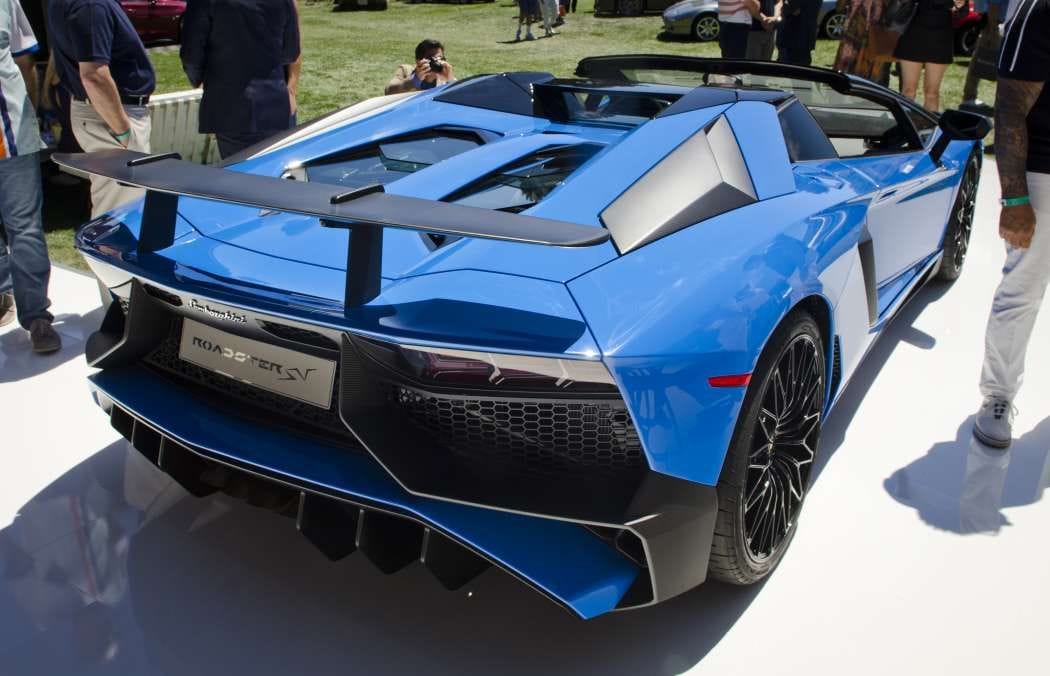
 III. Statistics, Demographics, and Claims History: The Actuarial Nightmare
III. Statistics, Demographics, and Claims History: The Actuarial Nightmare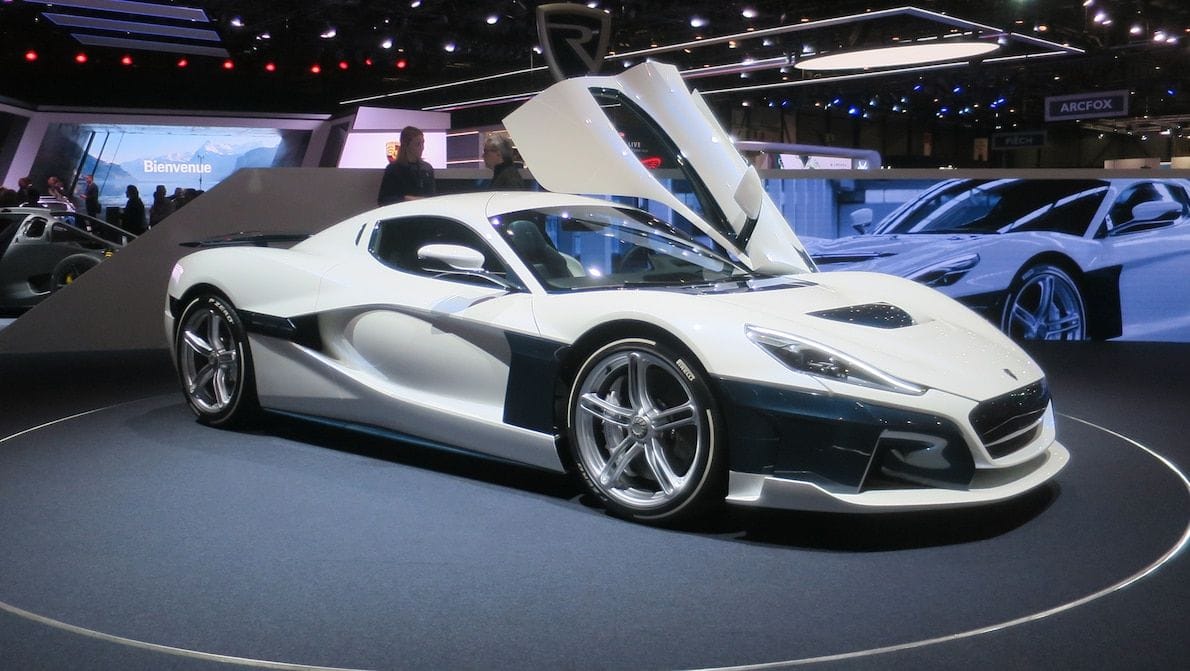 IV. Mitigating the Insurance Shock: Strategic Solutions
IV. Mitigating the Insurance Shock: Strategic Solutions
